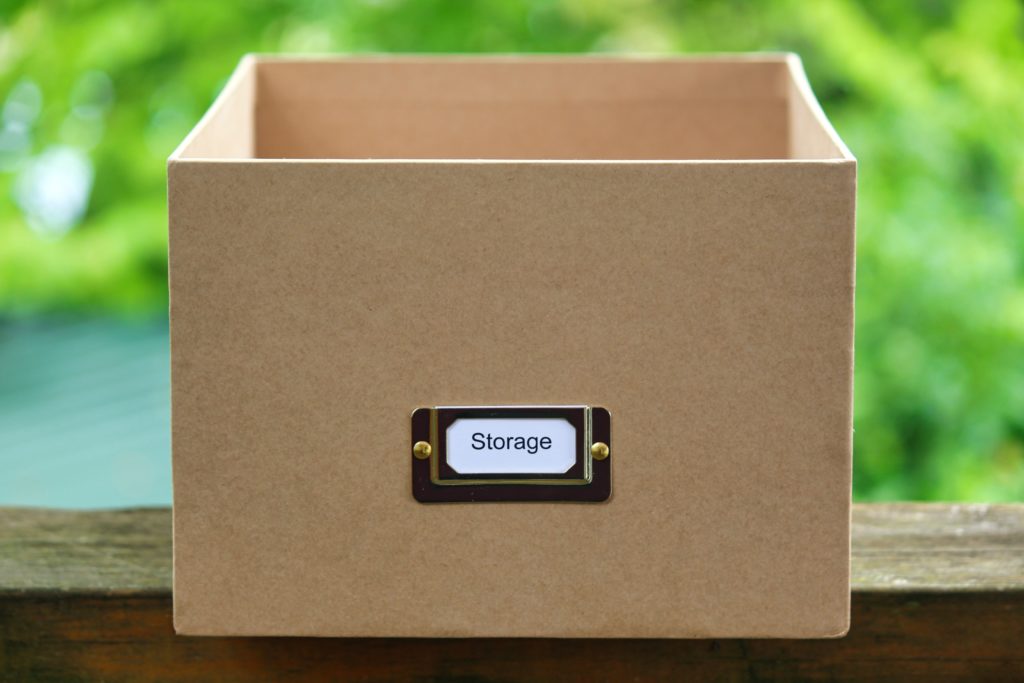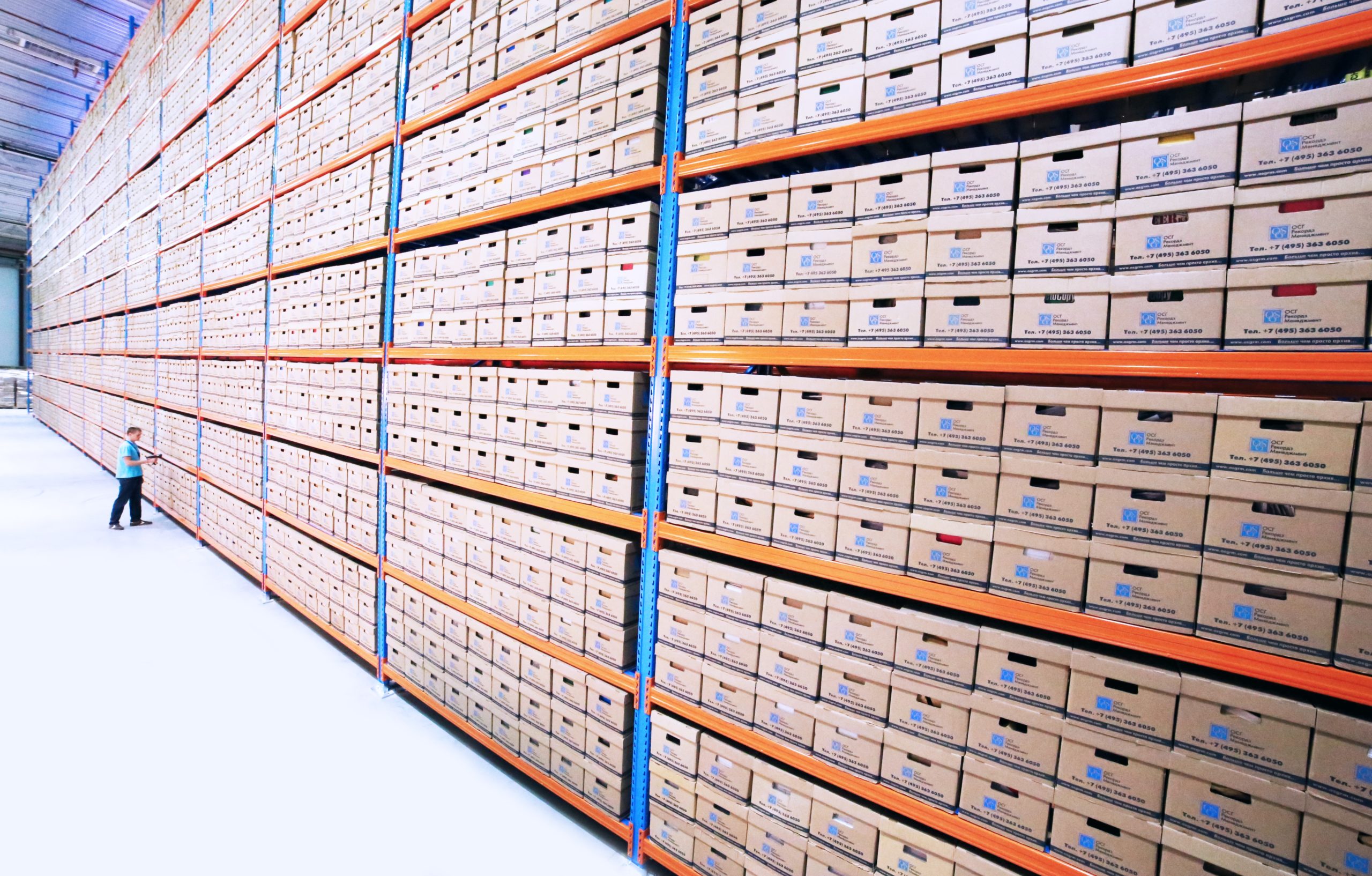The reality is that many organizations and most law firms that have been around for any significant period of time have accumulated large volumes of disorganized and often completely unidentifiable legacy material.
Simply put, that is an information risk, especially in California with the expansion of the California Consumer Privacy Act (CCPA) to personnel records. If the records are not identifiable, they are not retrievable and all they really do is take up space and cost money.
Once you start identifying these unindexed records, the typical hauls will include boxes in offsite storage, computer tapes in offsite vaults, archived data sets, old computer drives with no real identification of contents, rolls of unlabeled film and other treasure troves such as locked cabinets with no key.

Unfortunately, these items cannot be ignored, nor can they be destroyed immediately with the review of retention rules bypassed. A significant percentage of all records in an organization, including law firms, is governed by either explicit legal requirements or significant legal considerations such as tax audit considerations or suspected/pending litigation.
It cannot be safely assumed that no such records are contained in unidentified or poorly indexed containers. It is a common experience for organizations and law firms to have to cull through hundreds or thousands of such items seeking some record they know to exist but that they cannot locate. Wading through this information makes finding a needle in a haystack seem like a cakewalk.
Ideally all files, hard copy and electronic, will be accurately inventoried as part of a records program implementation. As a practical matter, if the volume of a collection is very large or of any significant age, it may be impractical or prohibitively expensive to review and index all of it retrospectively. However, these poorly indexed records can be dealt with.
Triage
Equipment Needed:
- Laptop with internet access to a records management application, private or public cloud, or, with Excel at the minimum.
- If floppy disks, CDs or DVD’s, or separated hard drives, review(s) would take place separately on a secured system.
- Portable barcode printer to label reviewed boxes
- Barcode scanner for already labeled boxes (you could get lucky!)

The first step is to determine, to the extent possible, what might be in the container. Consider these several data points to help in this determination:
1. Boxes or other containers in offsite storage:
- Scan the barcode if it exists – what data comes up on the screen?
- Is there a sending department name in the offsite vendor’s data? The type of file can be determined if the sending department is known, or, best case scenario would be the department kept a manual roster of boxes. Time to determine: 1 minute per box
- Is there an easily found date on one of the content items? Time to determine: Up to 5 minutes per box.
- Can a point in time be determined from information on the box. For instance, a box is labeled “Joe Smith’s Files” and Joe Smith left the company in 2001, giving an inactive date of the calendar year 2001. Time to determine: 1 – 5 minutes plus time for knowledge worker to review, add another 5 minutes per found box
2. Tape, cassettes, disks and other media may have a date or they may be in a box with hardcopy files which are dated. An assumption can be made that the items were sent to offsite storage due to inactivity.
Time to determine: 1 – 5 minutes.
3. Boxes with a sending department can be set aside and a representative with signing authority of the department would be tasked with determining disposition.
Time to determine: 5 — 30 minutes per box
4. Boxes with a “no material newer than” date can be separated out of the collection based on the longest retention time in the retention schedule. A quick review for items labeled such that they may have historical or permanent value can be pulled out, although items of true value usually wouldn’t end up in a poorly identified box. The box(s) can then be inventoried at a high level and prepared for destruction. The minimum information to be gathered would include the determined date, the first item title and the last item title and the sending department, if known.
Time to data enter: 5 minutes per box
5. The remaining boxes with dates less than the longest retention period would then undergo content review to determine the value and assign a conservative retention time. Similar records with similar dates would be grouped together so that management of the records is easier. Filing content on shelving facilitates the content review by enabling similar content to be placed together. Once the content is grouped, the knowledge worker can review items in place and provide indexing fields to be included in the system of record.
Time range to process one box: 15 minutes (nothing to see here–no responsive records) vs. 3 1/2 hours (litigation responsive records)
Worried you might have unidentifiable legacy material siting in boxes? Wasting money storing non-retrievable records? Concerned you may destroy an important record? Western Integrated Systems has a team of experts that can help you make sense of even the most poorly indexed records.



0 Comments